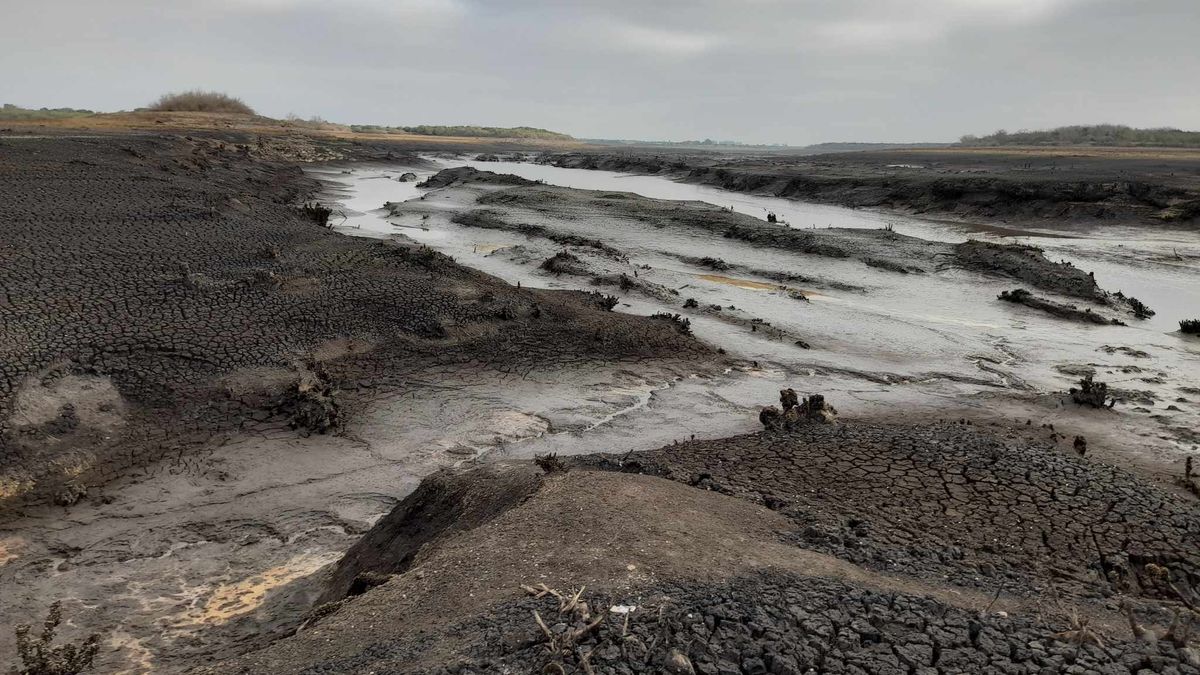The meteorological phenomenon of The boy should disappear in June, but could be replaced by The girl in the second half of the year, putting the quality of the crops at risk just a year after the worst drought in the last 100 years of Uruguay.
There is a 49% probability that the La Niña phenomenon will develop between June and August, and a 69% probability between July and September, indicated in its monthly report the Climate Prediction Center (CPC) of the United States National Weather Service.
The full weather pattern of El Niño, La Niña and a neutral phase usually lasts between two and seven years, but this time it is accelerating. Experts have warned that Latin America must be on high alert, as a rapid change could leave populations and crops little time to recover.
“La Niña is likely to affect soybean, barley, wheat and corn production in Latin America, including Brazil, Argentina and Uruguay“, said Sabrin Chowdhuryhead of raw materials BMIdivision of Fitch Solutions.
“The meteorological phenomenon is associated with long-lasting droughts throughout the region of the Americas, which will cause a poor quality of crops and a decrease in yields averages, further aggravating global supply problems,” he stressed.
Last year, some 11 million people in Latin America and the Caribbean were affected by disasters in 2023, most of them climate-related, “resulting in economic losses of more than $20 billion,” it said last week. Paola Albritodirector of the UN Office for Disaster Risk Reduction (UNDRR).
For its part, the World Meteorological Organization (WMO) He highlighted the lack and excess of water as an example. He recalled that an intense drought reduced the level of the Negro River in the Brazilian Amazon to a historic low; “severely” disrupted traffic Panama Canal; and hit northern Argentina, southern Brazil and Uruguay, which experienced its driest summer in 42 years and suffered a critical water deficit.
Drought Water Deficit
The MGAP estimates losses of 1.8 billion dollars due to the drought in Uruguay.
Photo: Municipality of Canelones
Is Uruguay prepared for a new drought?
The Minister of Livestock, Agriculture and Fisheries (MGAP), Fernando Mattosrecognized that the rate of growth of irrigation systems At the territorial level “it is much slower than expected” while his portfolio prepares for a new impact of the La Niña phenomenon.
“The rate of growth of irrigation systems incorporated into production is not what we intended, despite having incorporated some 30,000 hectares of irrigation systems,” an increase of around 10%, said the leader about the government’s policies in that area.
Nevertheless, Guadalupe Tiscornia, coordinator of Information systems and digital transformation of the National Institute of Agricultural Research (INIA)explained to Ambit that “not all El Niño storms are the same nor are those of La Niña,” warning that the consequences on Uruguay be like those of the 2022-2023 period.
“We came from two years of water deficit and an extremely complicated situation so it is not comparable with what could happen. Even if La Niña actually occurs and has some impact on our country, it will not have the magnitude that it had in the first/summer of 2022 and 2023,” he assured.
Source: Ambito




